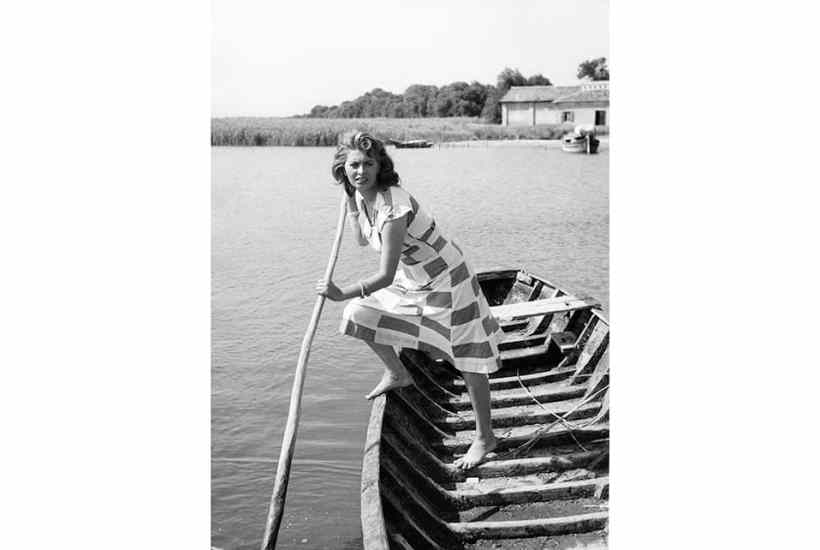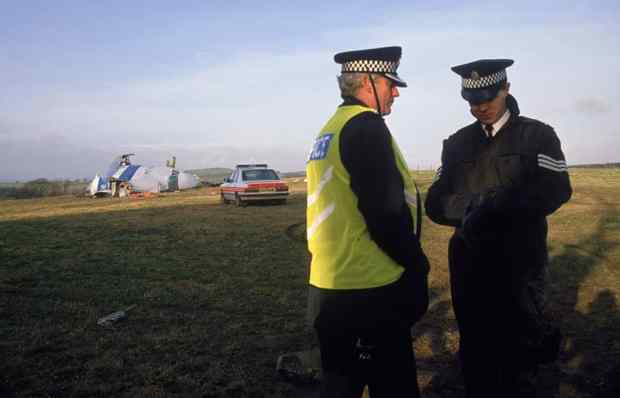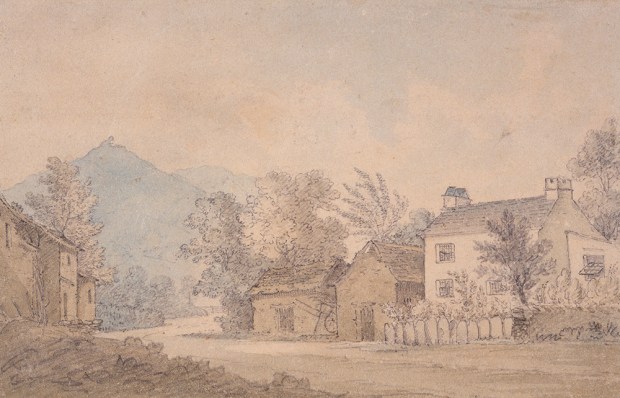It may not be the grandest of the world’s waterways – the Nile and Amazon are ten times its length – but the Po has always exerted a fertile grip on the Italian imagination. Virgil called it ‘the king of rivers’; Dante died in its marsh estuary, having earlier described in Purgatorio how Jacopo del Cassero was chased there and fell fatally, ‘entangled in the mud and reeds of the Paduan swamp’, leaving a pool of blood on its waters.
Yet the rest of the world has been less interested. Perhaps it has something to do with the modern name’s slightly comical sound: shortened from the original, more euphonic Padus – ‘the Paduan plain’ fits every metre – the word ‘Po’ somehow lacks the weight the river deserves. If the Thames had been shortened to the ‘Toe’ it would have had far less poetical traction.
Tobias Jones is the perfect guide to the sweet Po as it runs its course. His earlier book The Dark Heart of Italy was a useful corrective to the usual platitudes about opera-loving Italians enjoying the dolce vita in their gondolas while eating ice cream, and came from his intimate knowledge of the country. But his other books about living in communes – he established one in the West Country and now one in Parma – feed usefully into this as well.
He proclaims himself ‘always drawn to communitarian spaces which defy mainstream privatisation’, from socialist squats to lot-drawing woodlands that give villages permanent access to land and tax-free enclaves; for il Po (Italian rivers are unusually thought of as masculine) has always had space for such outlaw communities. Being a natural border between the old Italian states, it (or he) attracted those smugglers and itinerants who needed to jump easily from one jurisdiction to another. As Jones points out, this has given rise to some odd place names. One peninsula near Parma is called ‘the island of the interned’, while Rea, near Piacenza, means more or less ‘the guilty’. These ingenious refugees managed to get by with unexpected cash crops, such as clams, eels, sturgeon caviar and, in the ever flooding fields, rice and even silk. But the living was undoubtedly hard.
Filmmakers were drawn to the oddity of the Po’s landscape, particularly near the wide marshes and estuary where it feeds into the Adriatic. Fellini is recorded as saying that the delta, ‘with its low, desolate hovels’, had a primitiveness unlike anything he’d seen in Sicily or other poor zones of Italy: ‘The poverty had something wild, something silent. When we came across people they displayed an Eskimo strangeness. It was as if we were on the polar ice caps.’
In the past, the Po was often compared toa bull as, while generally placid and useful, he could suddenly become enraged and charge, with ensuing floods. The Venetians, with typical opportunism, managed to divert and channel the waters in the 17th century to create a large new area for themselves – with the added satisfaction of deluging Papal lands to the south. But while for many years the struggle was to contain the river, these days defence from the waters has turned more into defence of the waters. The industrialisation of northern Italy has taken its toll, as have invasive species: with no natural predators, coypus from South America are even more prevalent in the Po delta than they once were in Norfolk, and the star cucumber has spread like a choking plague.
Also widespread, just as for British rivers such as the Wye, are the problems that come from eutrophication: the over-enrichment with nitrogen run-off from synthetic fertilisers, with their accompanying algal blooms. As Jones walks the Po’s length he sees many fields straddled by spraying booms. One woman he talks to – and he has a gift for the revealing conversation – describes her land not as a farm but as an impianto, a ‘system’.
By the time he reaches the river’s source near the Alpine border with France, where refugees used to hide, often Protestants fleeing religious persecution, he has taken us on a beguiling journey. There is now a fashion for writers as well as celebrities to dive into a new territory and share their surprise at what they find, as if on a different planet, while working out their own ‘inner journeys’. I prefer Jones’s sort of travel writing, which comes from a knowledge and love of a land and the ability to speak the language; which listens to people along the way and appreciates the often deep history that caused a landscape to form. But I’m sorry that among the many illustrations there is not one of Sophia Loren as a poor peasant girl in La Donna del Fiume, ‘The Woman of the River’, bringing unexpected glamour to the Po’s eel-pickling industry.
Got something to add? Join the discussion and comment below.
Get 10 issues for just $10
Subscribe to The Spectator Australia today for the next 10 magazine issues, plus full online access, for just $10.
You might disagree with half of it, but you’ll enjoy reading all of it. Try your first month for free, then just $2 a week for the remainder of your first year.














Comments
Don't miss out
Join the conversation with other Spectator Australia readers. Subscribe to leave a comment.
SUBSCRIBEAlready a subscriber? Log in